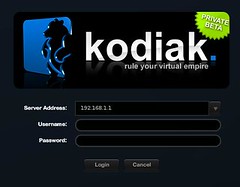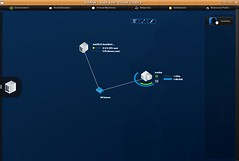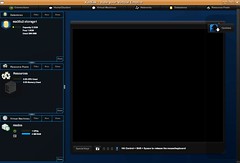If anyone needs an invite, Bluebear gave me 50 again.. So just drop me an email, or leave a comment with your email and I’ll make sure you’ll be able to beta test this new version!
I don’t have any invites left… Sorry, you’ll guys need to help eachother out!



 Scott already
Scott already